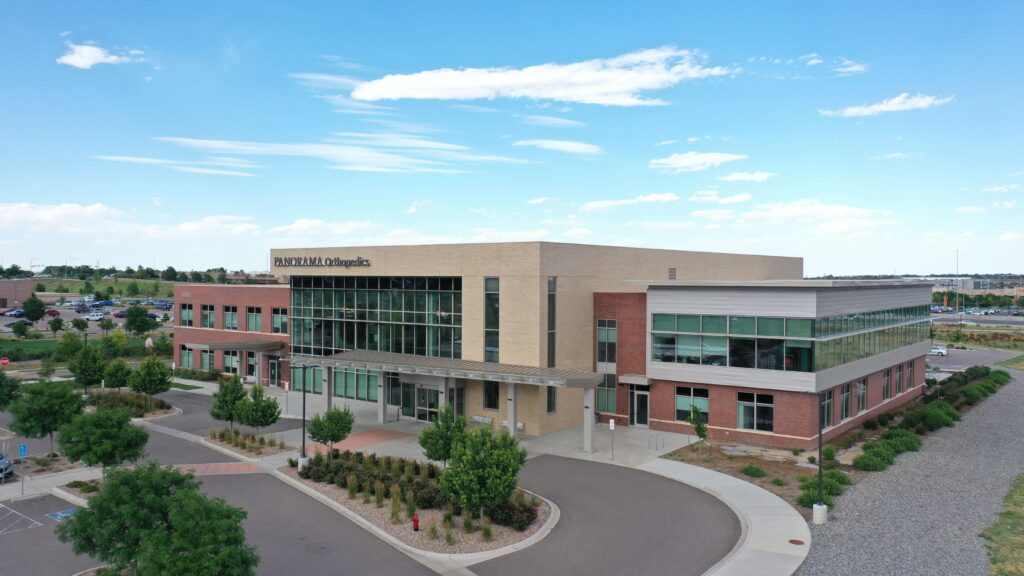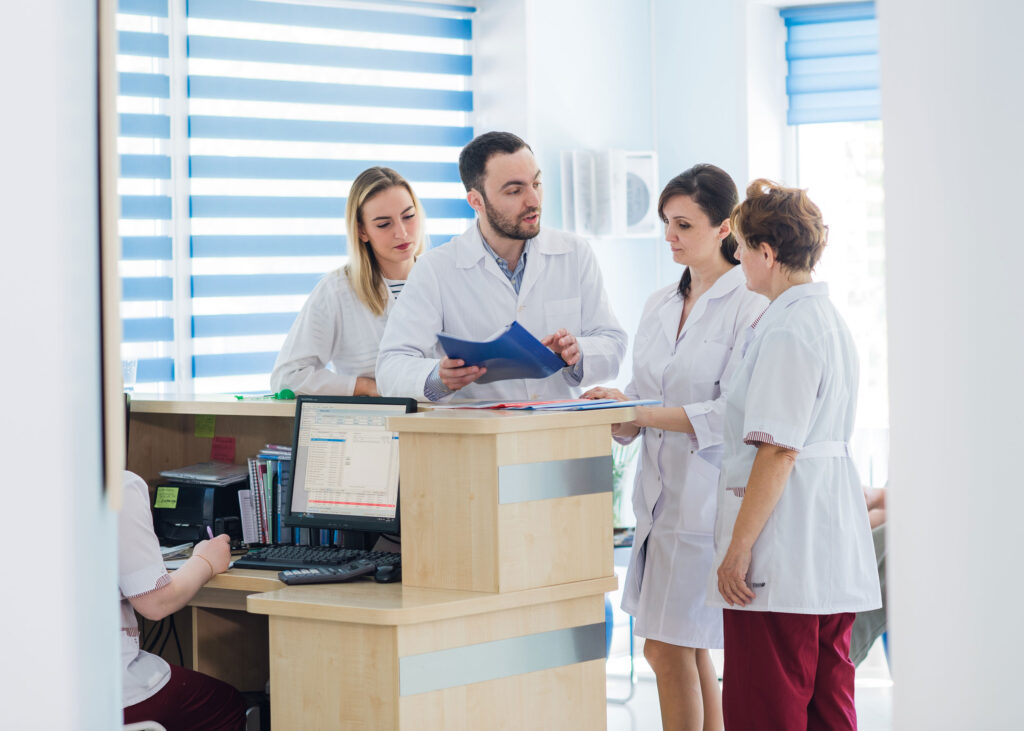Welcome to our special Physical Therapy Month Q&A! After receiving your top questions through social media, our expert physical therapists are here with answers. From post-surgery recovery to return-to-sport protocols and running concerns, we’re covering the issues that matter most to you.
Whether you’re an athlete aiming to get back to peak performance or just starting your fitness journey, this Q&A is packed with insights to help you tackle common challenges and improve your well-being.
Now, let’s dive into our first question: post-Achilles surgery recovery…
I tore my Achilles and had surgery last summer. I still cannot single leg calf raise. I can jump, walk, run, flip, and tumble. I was able to compete most things in gymnastics but still not 100%. My calf has been the limiting factor to get all my skills back. What do you recommend?
I assume you had a bit of physical therapy after your surgery. You are correct in that you need to get this strength back to truly be functional as an athlete. I would need a bit more information about what you are doing and your history to provide meaningful advice. I am happy to discuss this with you if you would like to contact me at tdward@panoramaortho.com.
What objective testing do you utilize for return to sport testing?
I am going to have to make an assumption or two to answer here. I am guessing you are talking about at return to sport for a lower body injury which of course is different from something like a shoulder injury returning to sport. As a note, we really think of this as return to practice or return to participation as almost always work will need to be done to return to one’s sport.
For lower limb injuries we generally want to look at patient reported function and function in clinic (Ie can they squat well, jumping and landing mechanics and running gait assessment where appropriate). Strength is measured with a dynamometer, and we look at muscle girth to assess any atrophy both compared to the uninjured limb. Ideally we compare to the unijured limb on day one as research indicates the uninjured limb will typically also lose muscle during an extended rehabilitation. There is good research on a few single leg hopping tasks as well which we typically integrate again compared to the uninjured limb. Finally, we access the patients sport and position in this sport to see what movements they will need to tolerate well to return to practice.
I’m trying to get into running, but then my muscles in my lower calf/above the back of the ankle seize up and get really tight. Do you know what could be causing this and what I can do that may help?
There are a number of possibilities here. The most simple perhaps is tight muscles limiting dorsiflexion. Dorsiflexion is the motion at your ankle when you pull your toes toward your nose while sitting or lying. You can test this fairly easily. If you stand one of your fist lengths between your toes and a wall, your should be able touch your knee to the wall without lifting your heel off the ground. If you cannot at least get very close some stretching of your calf muscles will likely help. The other common issue here is footware that is not ideal for your running style and/or issues with your running gait. If it is your running gait, it is most commonly an overstriding issue. All of these possible causes can be looked at in a couple of easy physical therapy sessions.
If I’ve been diagnosed with a grade one spondylolisthesis in the lumbar spine, am I destined for surgery, if not, what options do I have available?
I am guessing this seems at least a little intimidating. However, I have a lot of good news for you. First, 85-90% of younger patients with this condition will NOT need surgery. Second, having a diagnosis based upon imaging does not mean you will not be able to do anything you want to in life. The caveats here are exercise is good and you need good muscular stability around your spine now and in the future. Finally, do not ignore if an activity or exercise consistently causes you pain during or after. There are many options including a physical therapy assessment and short course of treatment to get you started. Some people do very well with Pilates, some like things for the gym or home. Regardless, the key is consistency.
Are spine wheels (ex: Chirp Wheel) actually good for your back?
Thank you for the question. There is no research on the chirp wheel per se. This does not make it good or bad. This is similar but perhaps more targeted than a firm foam roller which is also used as a muscle and, to some degree, joint mobilizing home treatment. If it feels good it is very likely safe unless someone had diagnosed osteopenia or osteoperosis.
What are ways I can be taking care of my joints now, so that my knees are in better shape as I age?
Great question! For joints to function optimally, they need be both stable and mobile. The knee is a relatively stable joint biomechanically. However, that long term stability is contingent on good muscle strength particularly of the quadriceps (front thigh muscles). Hip/glute/hamstring muscle strength is also important. Basic stretching of our legs front and back can address the mobility portion. With most joints “motion is lotion” applies so for the knees things like cycling are quite good.



